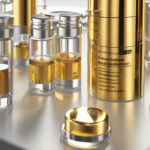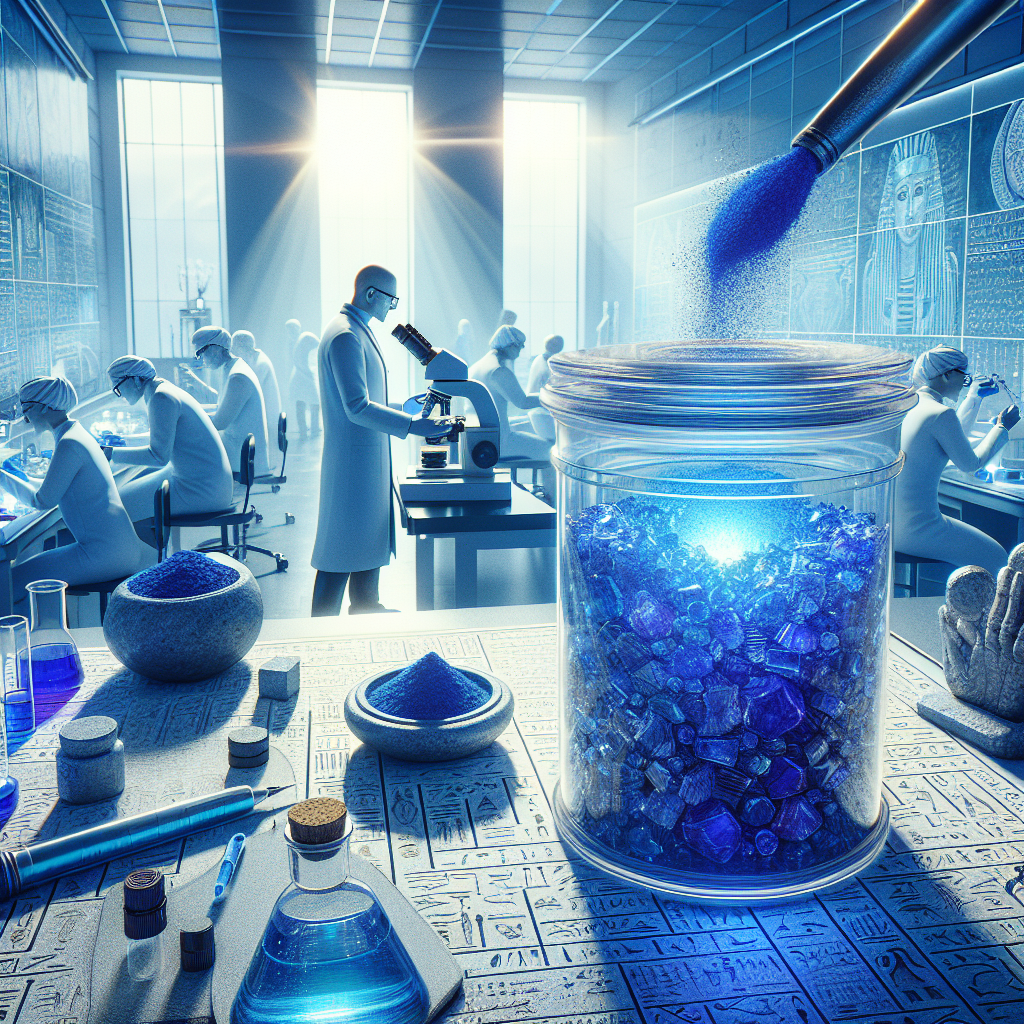Revolutionizing Archaeology and Conservation Science: Recreating the 5,000-Year-Old Egyptian Blue Pigment
Washington State University researchers advanced archaeology and conservation science by recreating the world’s oldest synthetic pigment, the iconic Egyptian blue. This groundbreaking achievement not only sheds light on ancient civilizations but also paves the way for innovative applications in modern technology and art restoration.
Egyptian blue, a strikingly vivid pigment first developed by the ancient Egyptians over 5,000 years ago, has fascinated historians and scientists for centuries. Its unique chemical composition and mesmerizing hue have adorned tombs, temples, and artworks, standing the test of time as a symbol of artistic sophistication and cultural heritage.
The recreation of this ancient pigment by US scientists marks a significant milestone in the fields of archaeology and conservation. By unraveling the secrets of Egyptian blue through meticulous experimentation and analysis, researchers have gained valuable insights into the innovative techniques employed by ancient civilizations in producing this extraordinary colorant.
Moreover, the revival of Egyptian blue offers promising prospects for modern applications beyond the realm of historical research. With its exceptional durability, UV stability, and infrared reflectance, this ancient pigment holds great potential in various contemporary fields, including advanced materials science, biomedical imaging, and even environmentally friendly technologies.
In the realm of art restoration and conservation, the rediscovery of Egyptian blue opens up new possibilities for preserving and authenticating ancient artifacts. By accurately replicating this age-old pigment, conservationists can now recreate missing or faded blue hues in ancient paintings and sculptures, revitalizing these cultural treasures for future generations to admire and study.
Furthermore, the resurgence of Egyptian blue serves as a testament to the enduring legacy of ancient craftsmanship and innovation. As we marvel at the brilliance of this millennia-old pigment, we are reminded of the timeless ingenuity of our ancestors and the rich tapestry of knowledge that continues to shape our world today.
In conclusion, the recreation of the world’s oldest synthetic pigment, the 5,000-year-old Egyptian blue, represents a triumph of scientific ingenuity and historical exploration. By bridging the gap between the past and the present, this remarkable achievement not only deepens our understanding of ancient civilizations but also propels us towards a future where innovation and tradition converge in harmony.
#EgyptianBlue #Archaeology #Innovation #ArtRestoration #ConservationScience












